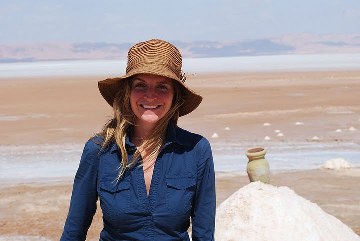
Adventure Cookbook Author Sofia Brandon
“I wasn’t always so interested in every detail of what went into my food; a few dramas shocked me into it,” writes Sofia Brandon in The Adventure Cookbook. In a completely fresh form–part memoir, part travel book, and part cookbook–she reveals how, after a decade in the corporate world she “pushed the eject button.”


